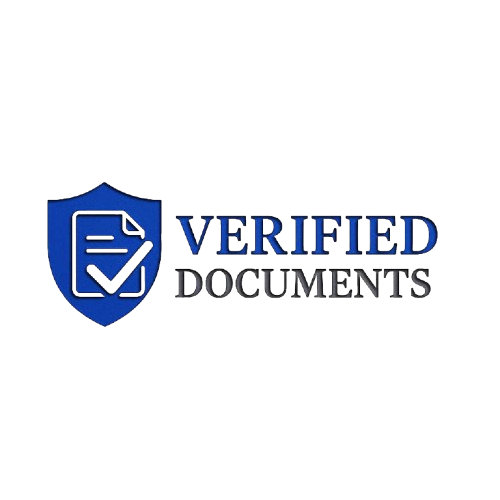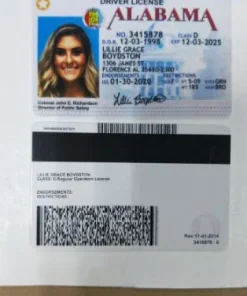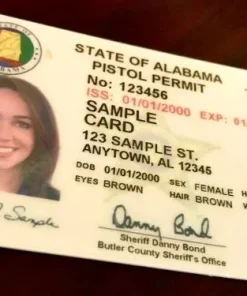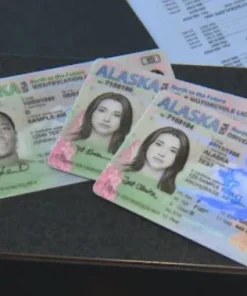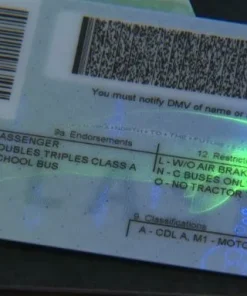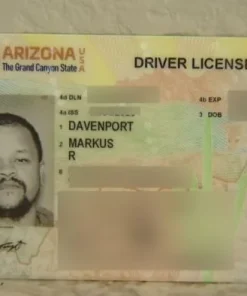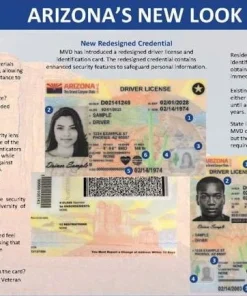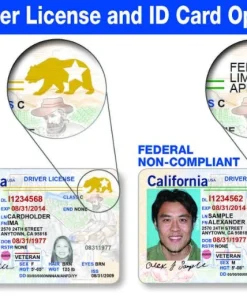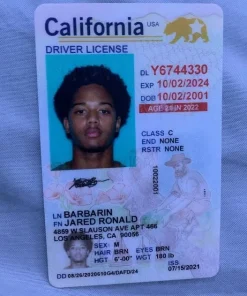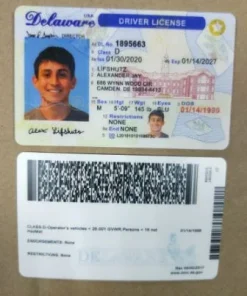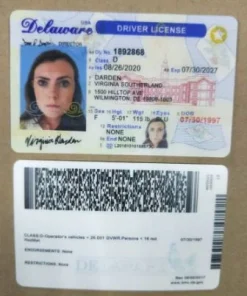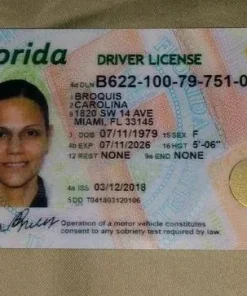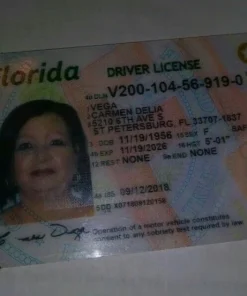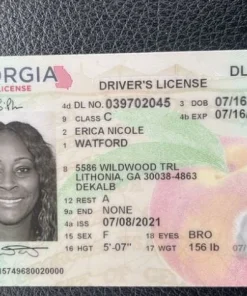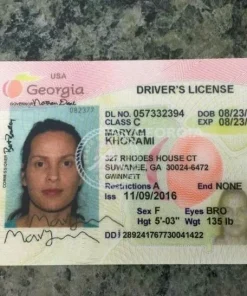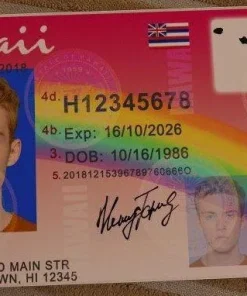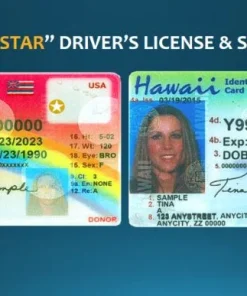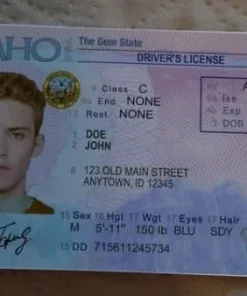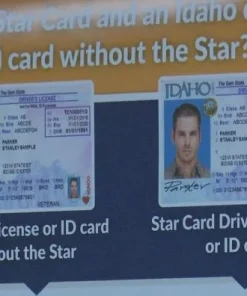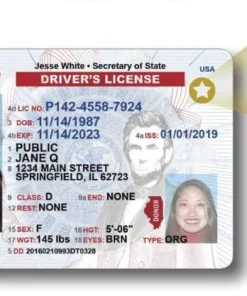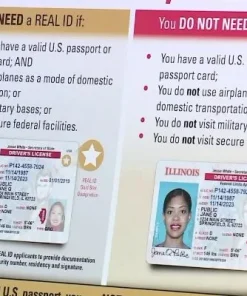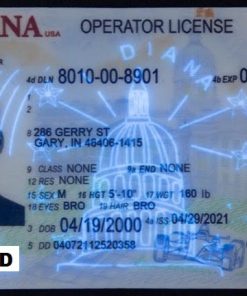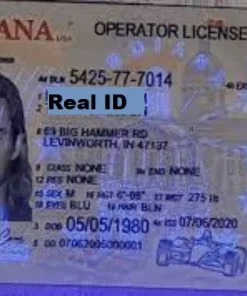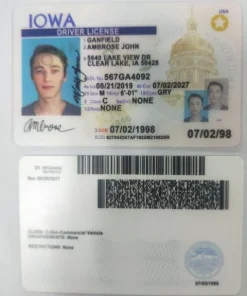In the United States, a driver’s license or a state identification (ID) card serves as the primary form of personal identification for most adults. Unlike many countries with a national ID card, the U.S. system is decentralized, with each state issuing its own documents. Understanding how to obtain and use these vital credentials is crucial for residents and newcomers alike
he Role of Driver’s Licenses and State ID Cards
In the absence of a federal national identity card, state-issued driver’s licenses and non-driver ID cards have become the de facto standard for identification in the U.S. They are used for a wide range of purposes, including:
Proving age (e.g., for purchasing age-restricted goods).
Opening bank accounts.
Boarding domestic flights (especially with REAL ID).
Accessing federal facilities.
Voting registration and participation.
General personal identification.
Driver’s Licenses in the USA: Getting on the Road
A driver’s license grants you the legal privilege to operate a motor vehicle on public roads. The process and requirements vary by state, but typically follow a graduated licensing system for new drivers.
Types of Driver’s Licenses:
Non-Commercial (Class D/E): The most common type, for operating standard passenger vehicles (cars, pickup trucks, small SUVs).
Commercial Driver’s License (CDL – Classes A, B, C): Required for operating large or specialized vehicles (e.g., tractor-trailers, buses, hazardous materials carriers) for commercial purposes. These often require additional “endorsements.”
Motorcycle License (Class M): For operating motorcycles, mopeds, and other two-wheeled vehicles.
“types of US driver’s licenses,” “CDL requirements USA,” “motorcycle license USA.”
How to Obtain a Driver’s License (General Steps):
Meet Age Requirements: Minimum age varies by state (often 14-16 for a learner’s permit, 16-18 for an intermediate/provisional license, and 18+ for a full unrestricted license).
Gather Required Documents: This is critical. You’ll need:
Proof of identity (e.g., birth certificate, U.S. passport, Permanent Resident Card).
Proof of Social Security number (SSN).
Proof of residency (e.g., utility bill, lease agreement).
Proof of lawful presence in the U.S. (for non-citizens).
Pass Knowledge Test: A written exam on traffic laws and road signs.
Obtain Learner’s Permit: Allows supervised driving practice.
Complete Supervised Driving Hours/Driver’s Ed: Many states require a minimum number of supervised driving hours and/or completion of a driver’s education course.
Pass Driving Skills Test (Road Test): A practical driving examination.
Pay Fees: Applicable application and issuance fees.
“how to get driver’s license [State Name],” “DMV driving test requirements,” “learner’s permit application,” “driver’s education courses.”
Renewing or Replacing a Driver’s License:
Renewal: Typically required every few years. Many states offer online or mail renewal for eligible drivers.
Replacement: If lost, stolen, or damaged, you can apply for a replacement, often online or in person.
“renew driver’s license online,” “replace lost driver’s license,” “driver’s license renewal requirements.”
State ID Cards: Identification for Non-Drivers
For individuals who do not drive or choose not to obtain a driver’s license, a state identification (ID) card serves the same purpose as a primary photo ID.
Purpose: Provides official proof of identity and age.
Eligibility: Available to residents of all ages, including minors. There is typically no minimum age requirement.
How to Obtain a State ID Card (General Steps):
Visit a DMV Office: Applications are usually processed in person at a state’s Department of Motor Vehicles (DMV) or equivalent agency.
Provide Proof of Identity, SSN, and Residency: Similar documentation requirements to a driver’s license.
Have Photo Taken: A digital photograph will be captured.
Pay Fees: Applicable fees for the ID card.
“how to get state ID card,” “non-driver ID card application,” “state ID requirements [State Name].”
The REAL ID Act: Enhanced Security Standards
The REAL ID Act is a federal law that sets stricter security standards for state-issued driver’s licenses and ID cards.
Purpose: To enhance security for identification documents used for specific federal purposes, such as boarding federally regulated commercial aircraft and accessing federal facilities.
Compliance: REAL ID-compliant cards typically feature a star (often gold or black) in the upper right-hand corner.
Requirements: Obtaining a REAL ID-compliant document usually requires presenting additional proofs of identity, Social Security number, and residency in person.
Impact: While not mandatory to have a REAL ID, if you don’t, you’ll need an alternative acceptable form of identification (like a U.S. passport) for domestic air travel and entry into certain federal facilities after the enforcement deadline.
“REAL ID requirements,” “what is REAL ID,” “fly with REAL ID,” “REAL ID deadline.”
(“US driver’s license,” “state ID card”) and specific queries (“how to get a permit in Texas,” “DMV appointment Florida”).
Step-by-Step Instructions: Provide clear, actionable steps for application processes.
Document Checklists: Offer lists of required documents to help users prepare.
Highlight REAL ID: Explain its importance and requirements clearly.
Official Sources: Always direct users to official state DMV websites or the Department of Homeland Security for the most accurate and up-to-date information.
By focusing on these elements, you can create a valuable resource for anyone navigating the ID and driving license system in the United States.
